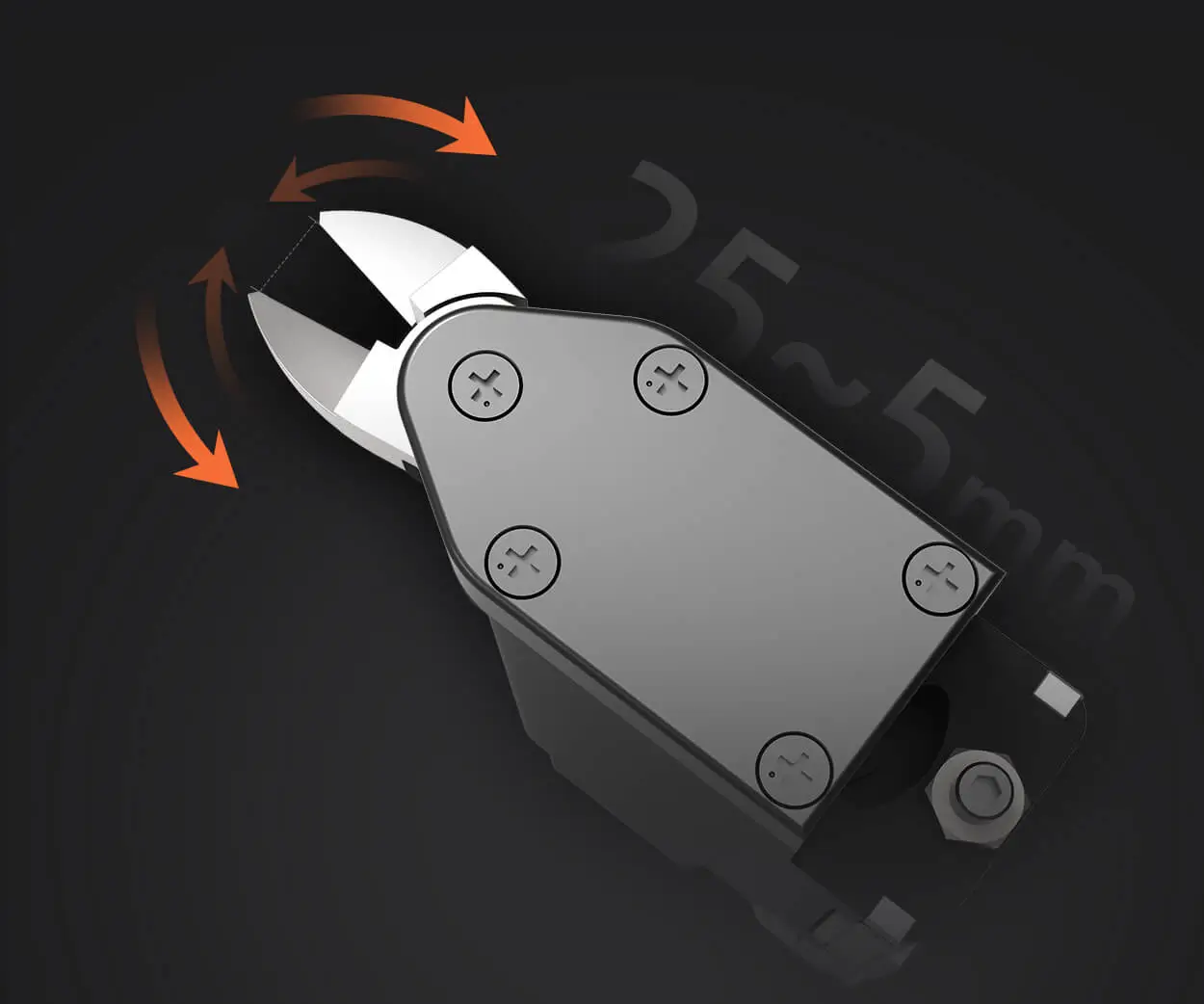part 1: Unlocking Efficiency and Power: The Essential Guide to Electric Motor Gear Reducers
Imagine a world where your machines run smoother, last longer, and work more efficiently. It might sound like a dream, but with the right technology, it’s entirely within reach—thanks in large part to a humble yet powerful component: the electric motor gear reducer.

At its core, an electric motor gear reducer is a device that connects directly to an electric motor, helping to control and optimize the motor’s output. Whether in industrial manufacturing, automation, robotics, or even home appliances, these gear reducers are critical players in managing torque, speed, and overall mechanical performance.
What exactly is an electric motor gear reducer? It's a mechanical transmission component that reduces the high rotational speed of an electric motor into a lower, more manageable speed—while simultaneously increasing torque. Think of it as a strategic partnership between the motor and the gearbox: the motor provides rapid, efficient energy, and the gear reducer fine-tunes that energy into powerful, usable motion.
The science behind the magic Every electric motor operates at a certain optimal speed. However, many tasks require slower, more powerful movement—imagine turning a bolt, lifting a weight, or moving a conveyor belt. Enter the gear reducer. It modifies the speed-torque ratio, allowing a motor to do more with less effort. This process isn’t merely a speed-shrinking step; it’s an intricate dance of gears and mechanics designed to maximize efficiency.
Why are gear reducers so vital? In many applications, operating at the motor's raw, high speed isn’t practical. For example:
Manufacturing lines need precise, controlled motion. Elevators and lifts demand high torque for safe operation. Robotic arms require delicate, accurate movement. Conveyor systems must move items steadily and efficiently.
Without a gear reducer, motors would be overworked, less efficient, and more prone to wear and tear. The gear reducer ensures energy is delivered precisely where and when it’s needed, reducing strain and increasing lifespan.
Types of gear reducers The market offers a variety of gear reducers tailored to specific needs:
Helical gear reducers: Known for smooth operation and high efficiency, perfect for continuous-duty applications. Planetary gear reducers: Compact and capable of handling high torque loads with minimal footprint—a favorite in robotics. Worm gear reducers: Suited for applications requiring high reduction ratios and the ability to prevent back-driving. Spur gear reducers: Simpler design, good for moderate reductions with straightforward operation.
Each type has its unique strengths, and selecting the right one depends on factors like load capacity, space constraints, and precision requirements.
Materials and construction Modern gear reducers are built from high-strength alloys, precision-machined gears, and sealed lubricated systems to prevent wear and corrosion. Some are designed with ceramic or composite materials for enhanced durability and lighter weight—vital for portable or mobile machinery.
Efficiency in action The true beauty of an electric motor gear reducer lies in its capacity to optimize energy use. By balancing speed and torque, gear reducers help achieve lower energy costs. This combination translates into enhanced productivity, reduced operational costs, and a greener footprint for industrial plants.
Design considerations Choosing the right gear reducer involves understanding variables like:
Torque requirements Speed reduction ratio Operational environment (temperature, humidity, exposure to dust or chemicals) Size and mounting constraints Noise and vibration levels
Investing the time to select an appropriately rated gear reducer can significantly improve machine longevity and performance.
Applications stretching across industries From small-scale 3D printers to massive mining equipment, electric motor gear reducers are everywhere. Some typical applications include:
Packaging machinery Conveyor systems in warehouses Wind turbines Automotive production lines Medical devices and laboratory automations Agricultural equipment
Across all these sectors, the gear reducer acts as the unseen hero—constantly working behind the scenes to keep things running smoothly.
The importance of maintenance and care While gear reducers are built to last, regular maintenance—such as lubrication checks, alignment, and bearing inspections—ensures they continue to perform at peak efficiency. Advances in sealed gear reducer designs have reduced maintenance needs but don't eliminate the need for routine attention.
The future of electric motor gear reducers Emerging technologies promise even smarter, more integrated gear reducers with built-in sensors for real-time monitoring and predictive maintenance. These innovations will pave the way for more autonomous, efficient, and resilient machinery.
In our next section, we will delve deeper into specific types of gear reducers, how they’re installed, advantages of modern designs, and how to select the perfect match for your application. Whether you’re upgrading existing equipment or designing a new system, understanding these components will elevate your engineering game to new heights.
Leveraging innovations in modular drive technology, Kpower integrates high-performance motors, precision reducers, and multi-protocol control systems to provide efficient and customized smart drive system solutions.




































